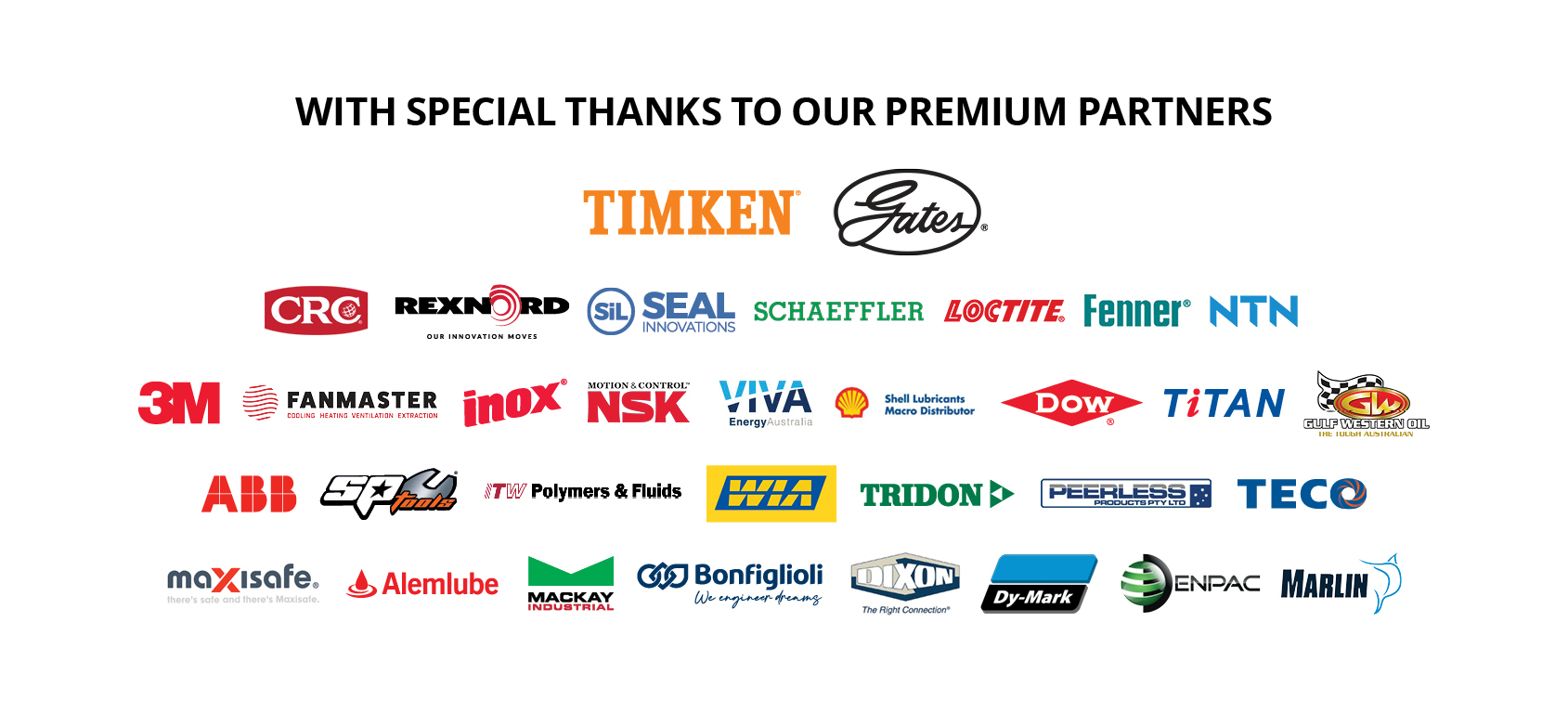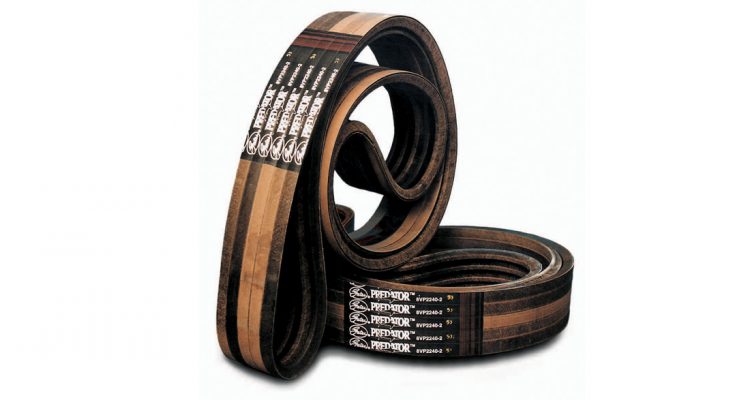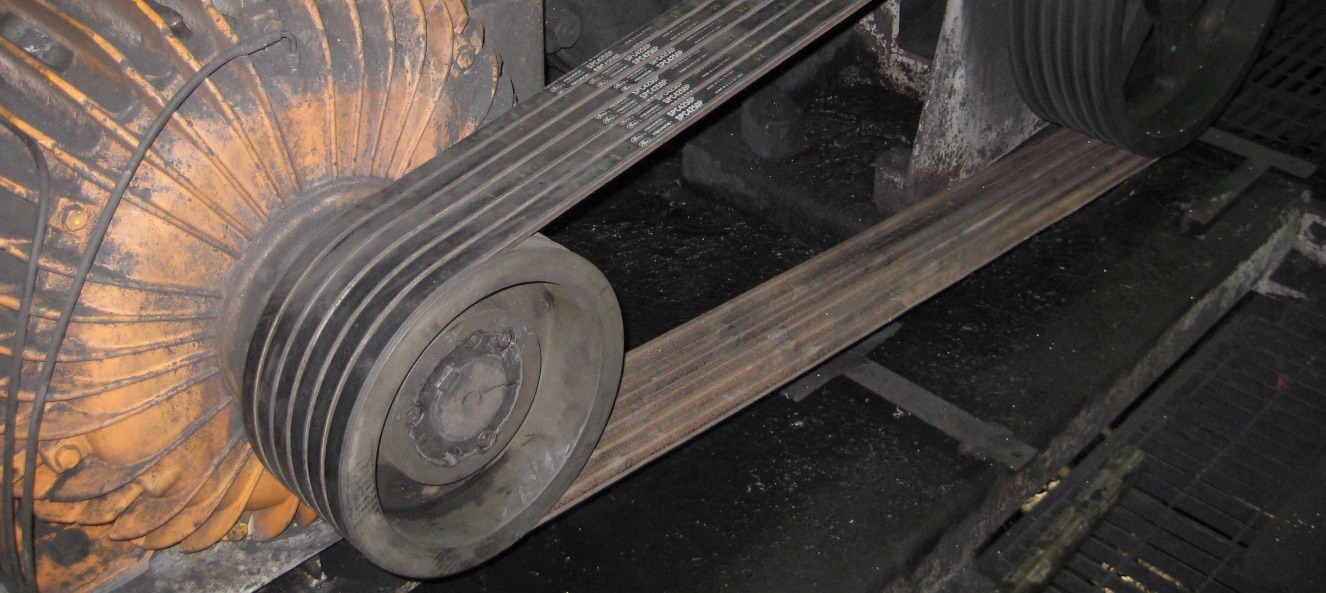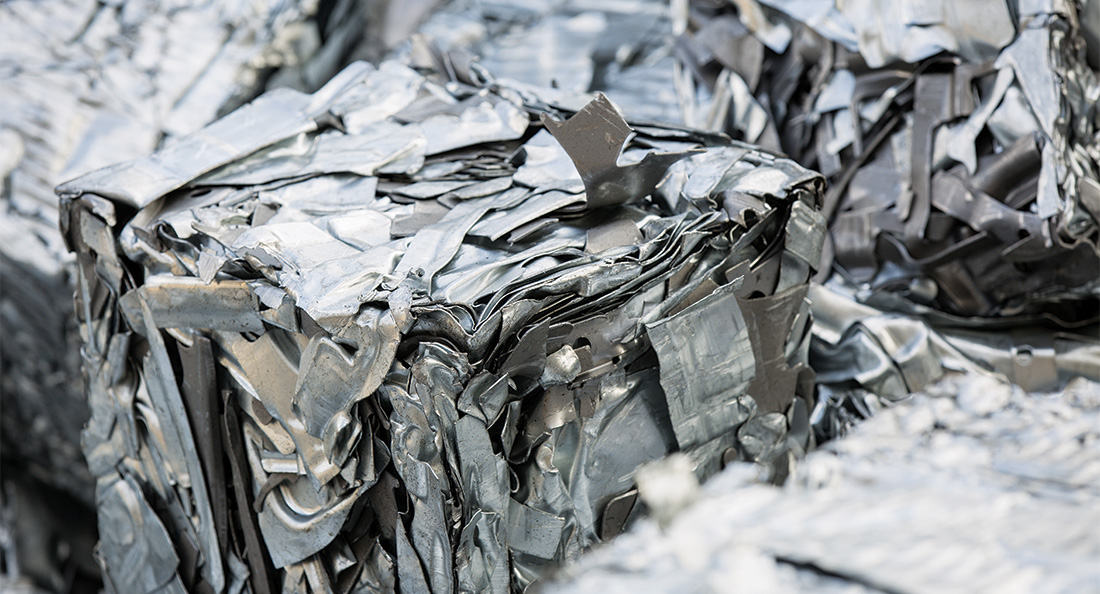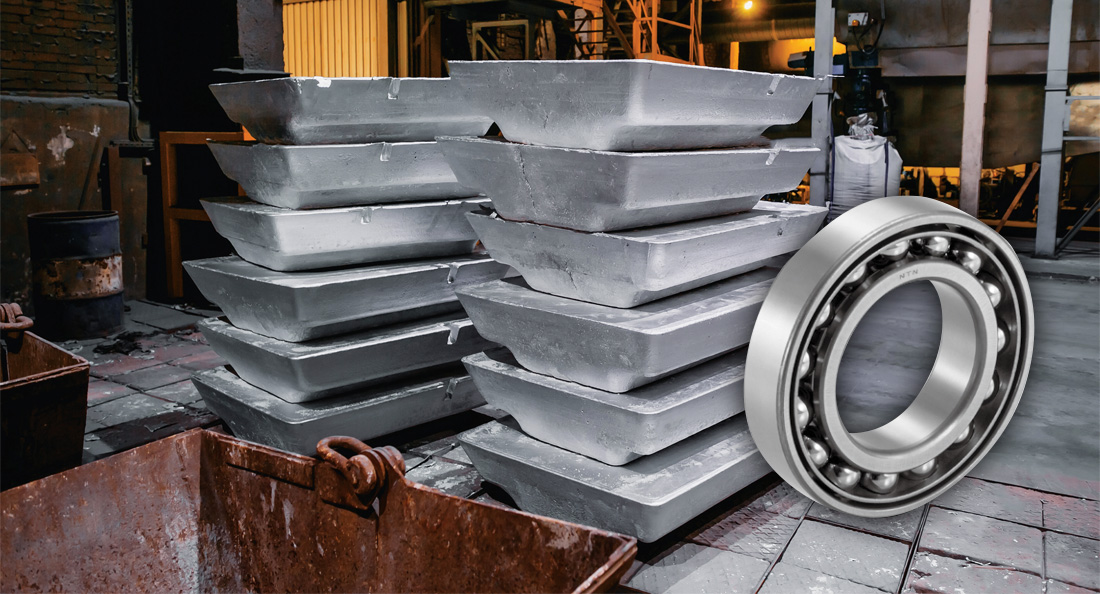Existence of air-borne dust in the potroom of aluminum smelting plants has been studied repeatedly from the perspective of worker health and safety. How these dust particles impact service life of equipment in the smelting plants, such as belts and other components in drivelines, was the subject of one Gates® inspection and drive upgrade for an aluminum smelter in Australia.
A vacuum pump operating on site was experiencing considerably short drive belt service life. Oxide dust in the environment was impregnating the sidewalls of the raw-edge v-belts, causing the belts to slip, heat up and crack. The vacuum pump was also subject to high shock loads, which polished and hardened the sides of the belts, inducing slip. As a result, belt life was limited to approximately six weeks.
Gates® Predator® belts proved to be the perfect solution in this case.
As Iain Street, Gates® Australia Business Development Manager for New South Wales explains, the heavy-duty construction of Predator™ belts reduces frictions and heat build-up under shock loads at start up, which makes these belts ideal for demanding applications including high voltage pumps, crushers, mulchers and shaker screens.
In the case of the aluminum smelter, upgrade to the Gates®’ Predator™ belts improved belt life by as much as nine times, allowing the plant to use the same belts for over 12 months. This was achieved without making any changes to the pulley set-up.
Iain says the construction of the Predator® belts makes them inherently more resistant to slippage in high-dust areas.
“The double layer fabric cover on the Predator® belt means it can absorb a lot more slippage and it grips better under contamination, heat and shock loads,” says Iain.
As a critical maintenance practice, Iain suggests conducting regular audits on critical drivelines in industrial plants – something that Gates® Australia engages with regularly, supporting its key supplier, CBC.
As Australia’s largest distributor of power transmission products and solutions, CBC sales representatives engage closely with their industrial customers to carry out driveline inspections and recommend the most suitable products to plant operators.
Steve Hittmann, CBC’s National Product Manager for Mechanical Drivesystems, says such audits and inspections help identify areas for operational improvement and cost savings for CBC customers.
“Something we come across very often in our engagement with the plants is that they might use drive belts that are readily available to them on site just to get their equipment up and running, without giving much thought to the long-term costs. Through these audits, which the CBC teams conduct themselves or along with Gates’® specialists, we can tell the operators if there are better options available, such as the Gates® Predator™ belts, that can extend their service intervals. This is particularly important with critical equipment, whose downtime can stop entire operations,” says Steve.
Checking the entire drive system is another benefit that can come out of audits, according to Iain.
“Along with the belts, pulleys wear too. So, part of what we inspect when we go on site is to gauge the amount of wear on the pulley to check if it needs to be changed out. Where there’s a possibility of reducing the number of grooves on the pulley, let’s say by replacing eight conventional v-belts with six Predator® belts, that will also help reduce the overhung load and the load on shafts and bearings. This further reduces costs,” he says.
The ultimate goal, as Steve re-iterates, is minimising the overall costs for operators.
“By looking at the wear and tear rate, the pulley alignment, the belt tensions and the amount of ambient temperature where the drive system is located, the CBC and Gates experts recommend the most suitable Gates® belt for each application. This is something that the CBC team do in all of their inspections, looking at where improvements can be made and making that possible with the right solution.”
